Negotiating Identities and Histories through Monuments and Memorial Landscapes, by Julianna Nielsen
By Julianna Nielsen, undergraduate student in the departments of history and political science at the University of Victoria, Canada.
Border walls and fences—as physical and discursive boundaries between ‘here’ and ‘there,’ ‘us’ and ‘them’—construct and communicate sharp differences between communities imagined to be historically, culturally, and territorially bound. Although these physical boundaries impose and express a clear distinction between ‘inside(rs)’ and ‘outside(rs),’ the negotiation and assertion of ‘our’ communal identity is also managed through the creation and transformation of memorial landscapes. The act of dismantling or erecting monuments, which publicly mark and symbolize the memories, identities, and ambitions of the communities for which, and by whom, they were constructed, may be interpreted as an answer to the uncertainties, new horizons, and anxieties engendered by a community’s dramatic social and demographic change.
Rather than approaching and understanding a monument as an object with meaning in itself, I propose an examination of the ways in which monuments and memorial landscapes are made meaningful by the communities co-existing and co-evolving with those edifices and spaces. A statue, in other words, is nothing more than what we come to make of it; the act which removes or erects it, then, is meaningful and political insofar as we make it so. To move towards more concrete examples, I briefly consider the following two ways in which memorial landscapes and monuments of ‘national importance,’ in Canadian and European contexts, have been transformed and challenged within the last few year, each corresponding with movements to (un)settle questions around ‘our’ communal/national identity.
In Canada…
In the summer of 2018, a statue of Canada’s first prime minister, Sir John A. Macdonald, was removed from Victoria City Hall and placed in storage with the intent to relocate and re-contextualize the figure at a later time. Although many Victorians interpreted the act to remove the statue as a reconciliatory gesture towards acknowledging the historic and continuing injustices of settler-colonialism, many groups opposed the decision to remove the figure of Macdonald characterized the act as an ‘attack on our history’ and an ‘assault on Canadian identity.’ I would argue that the either-or nature of the debate to remove or keep the statue unfortunately polarized important conversations around who ‘we’ are and where ‘we’ are going—the symbolic move to ‘unsettle’ Canada’s past and present inadvertently re-entrenching exclusionary, colonial identities and visions based on limited, unexamined readings of history.
In Europe…
In late December, 2018, the statue of Imre Nagy—the 44th Prime Minister of Hungary executed for his prominent role in the Hungarian Uprising of 1956—was removed from where it stood between Szabadság tér (Liberty Square) and the Parliament Building. This instance of ‘de-statueing’ might be understood as part of a longer series of controversial acts, spearheaded by nationalist movements and populist parties, to transform Budapest’s memorial landscape and re-narrativize Hungarian history. While controversies have enveloped the House of Terror—a state museum memorializing victims of National Socialism and Soviet Communism while overlooking Hungarian involvement and complicity in those regimes and crimes—so too have the latest monuments added to Szabadság tér been criticized as rehabilitating some of the aggressive and exclusionary politics of the Horthy-Era (with a bust of the Admiral set behind glass near the square) and presenting the idea that Hungary was an ‘innocent victim’ during the Second World War (with the memorial for the victims of German occupation, wherein Hungary is depicted as an angel).
In Victoria and in Budapest, the debates around taking down monuments, and transforming memorial landscapes, go far beyond advocating for or against the presence of bronze, marble, or concrete. How a community decides to remember and to communicate its past is not something that should be taken lightly, nor should decisions to memorialize the past in a particular way be understood as the end of the conversation to address historical injustice, trauma, and the legacies thereof. In the end, the act of dismantling or erecting a memorial can only do so much; it is the duty of a community to discuss and remember the past, and enact change in the present.
I leave readers to consider the counter-memorial at Szabadság tér, where citizens have constructed and maintained an informal memorial to the Jewish victims of the Holocaust in Hungary, consisting of personal stories of trauma, memorial candles, and calls to action. But, most importantly, this counter-memorial is a space for open dialogue, represented by the centrally positioned pair of empty chairs. Perhaps, moving forward, the focus of debates around memorial landscapes ought not to be on whether or not a monument is absent or present, but how it is we might create and preserve a space to voice and negotiate memories as a way to acknowledge past wrongs and forge new bonds.
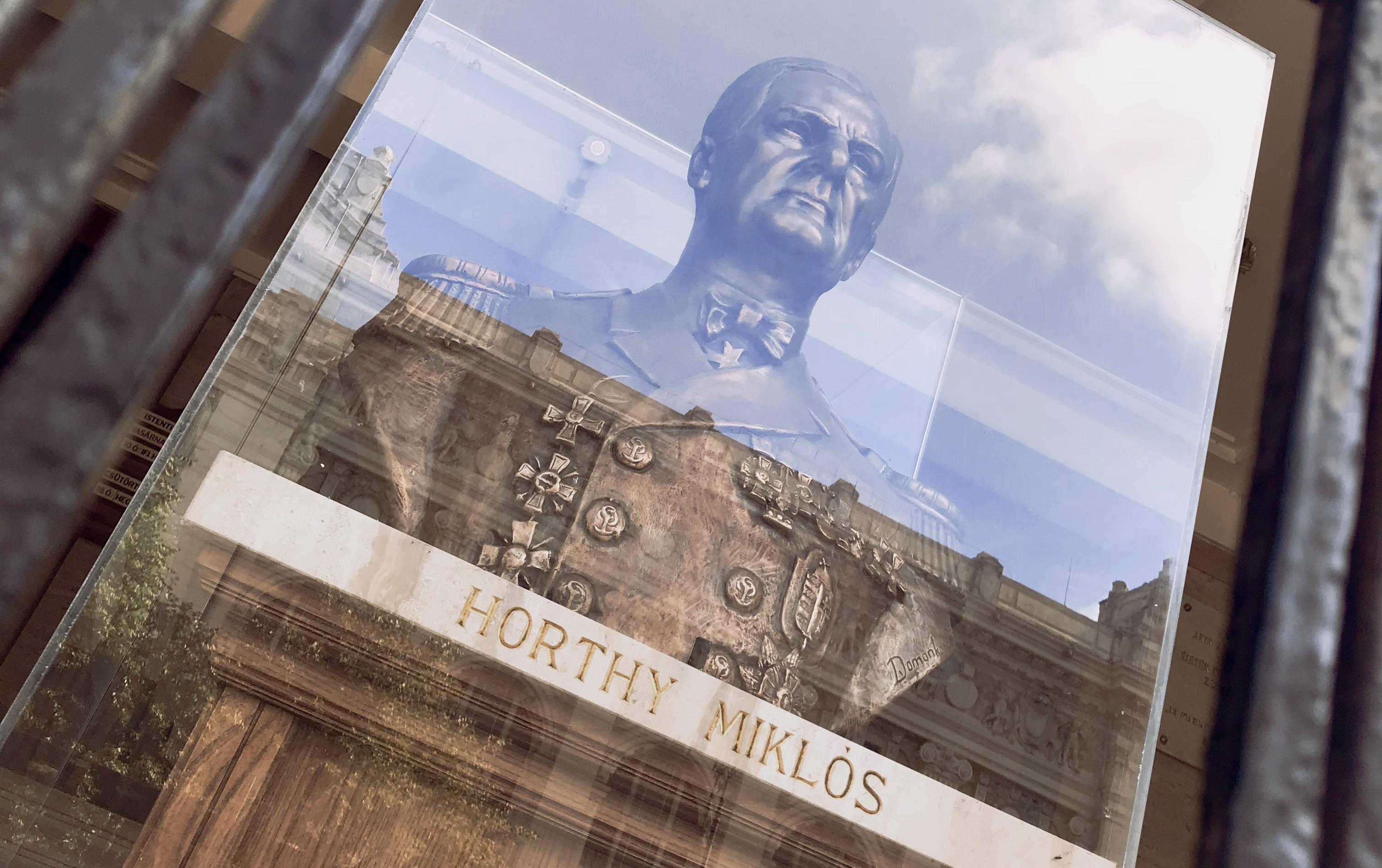
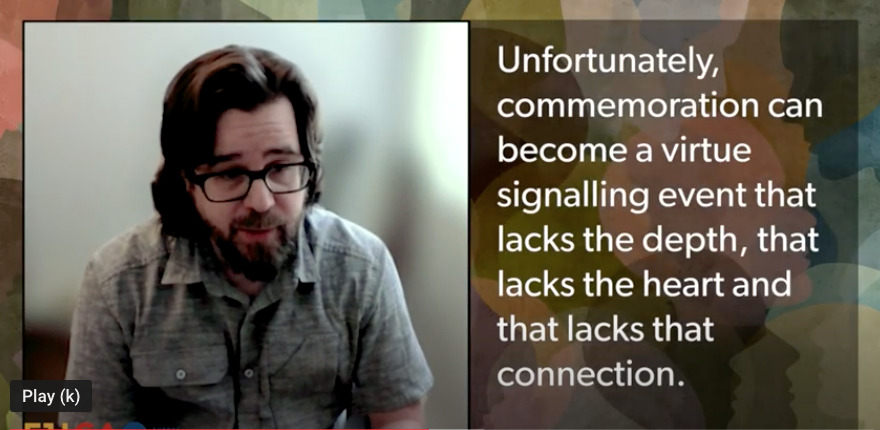

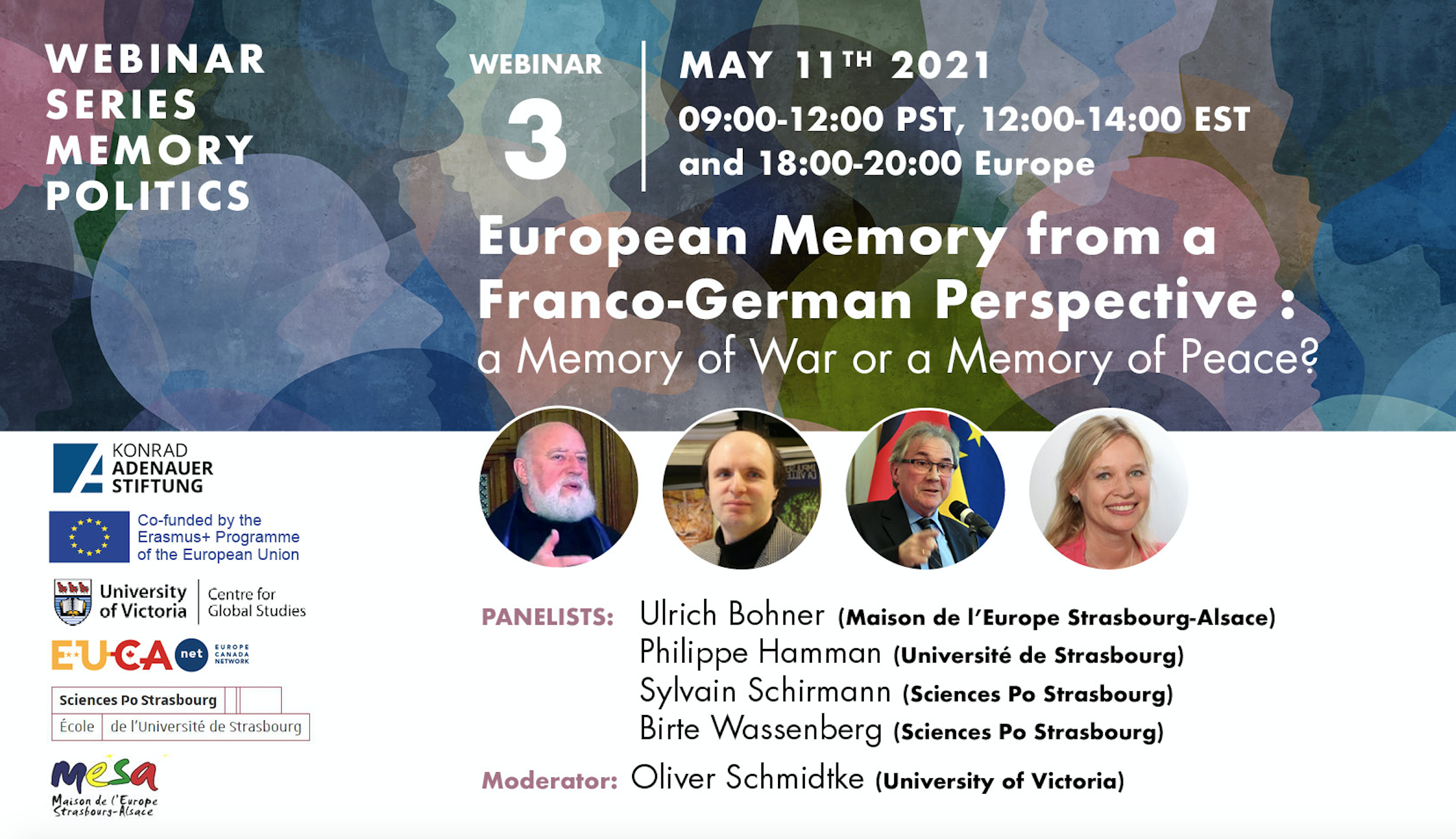

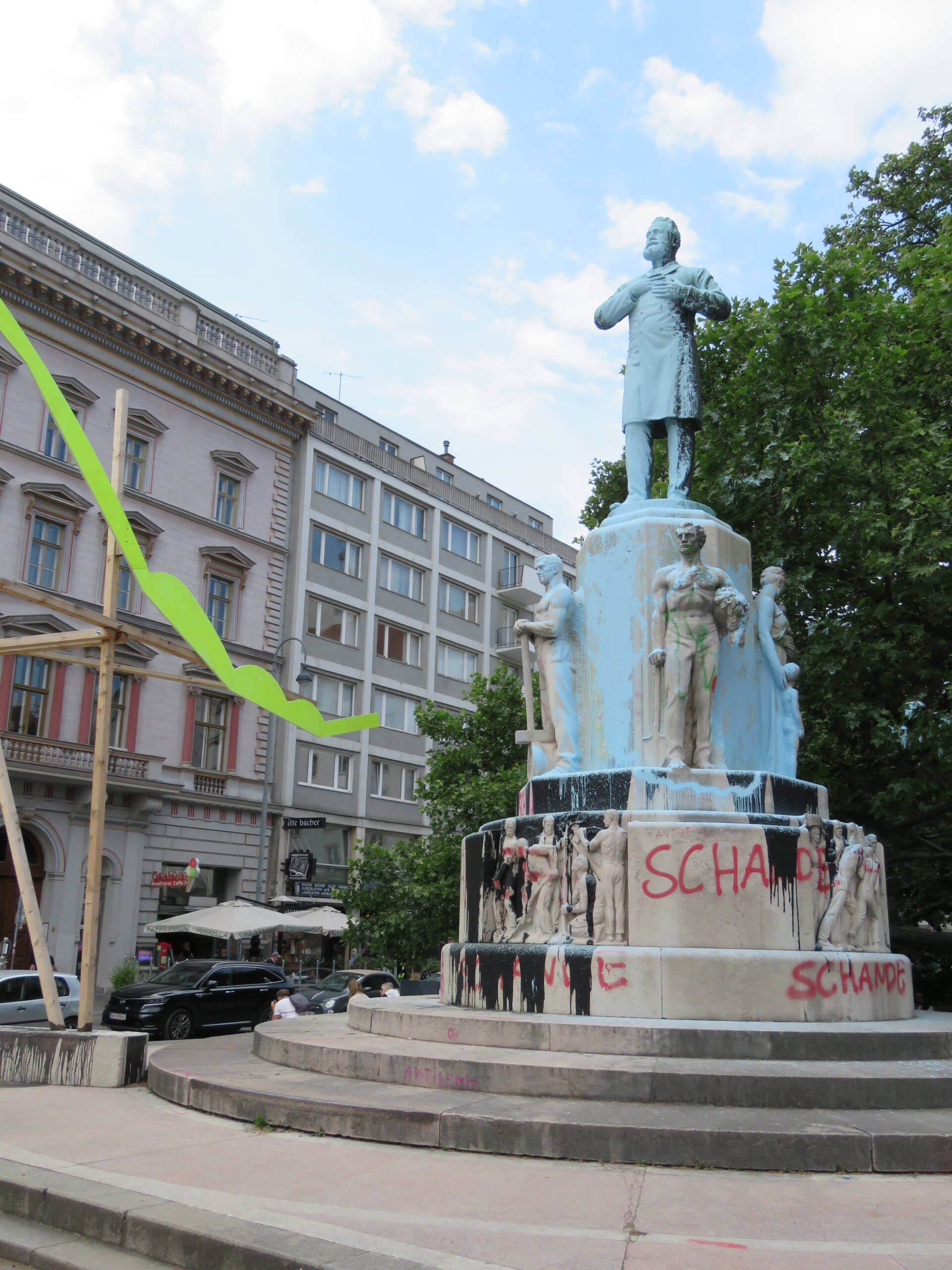
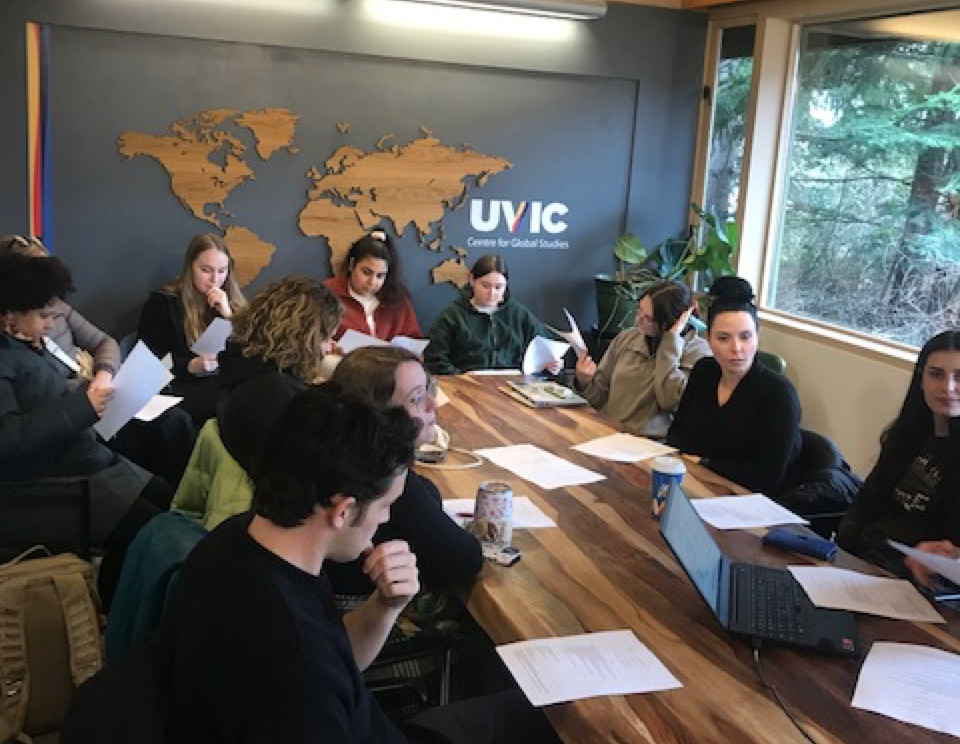
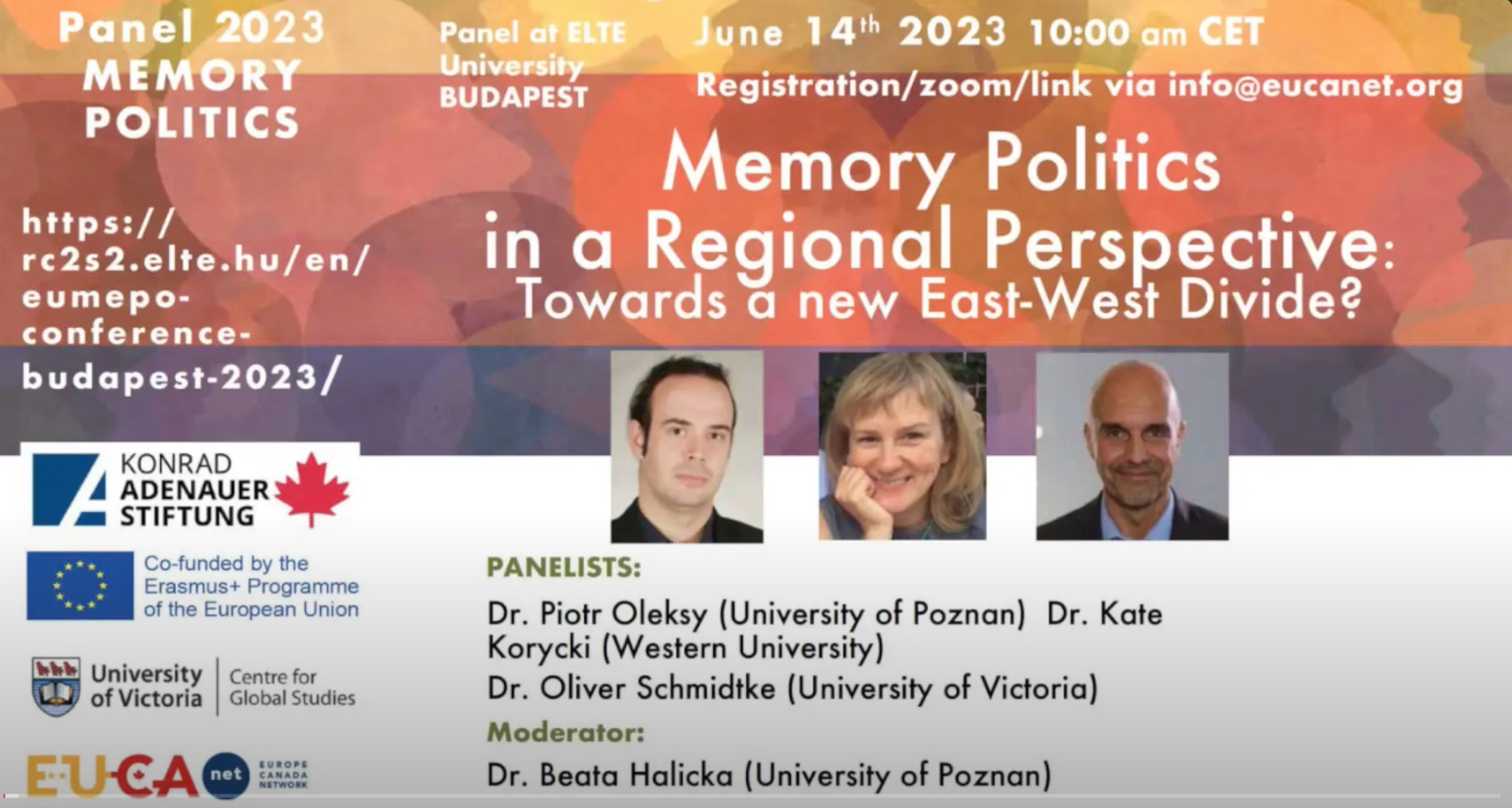


Leave a Reply
Want to join the discussion?Feel free to contribute!